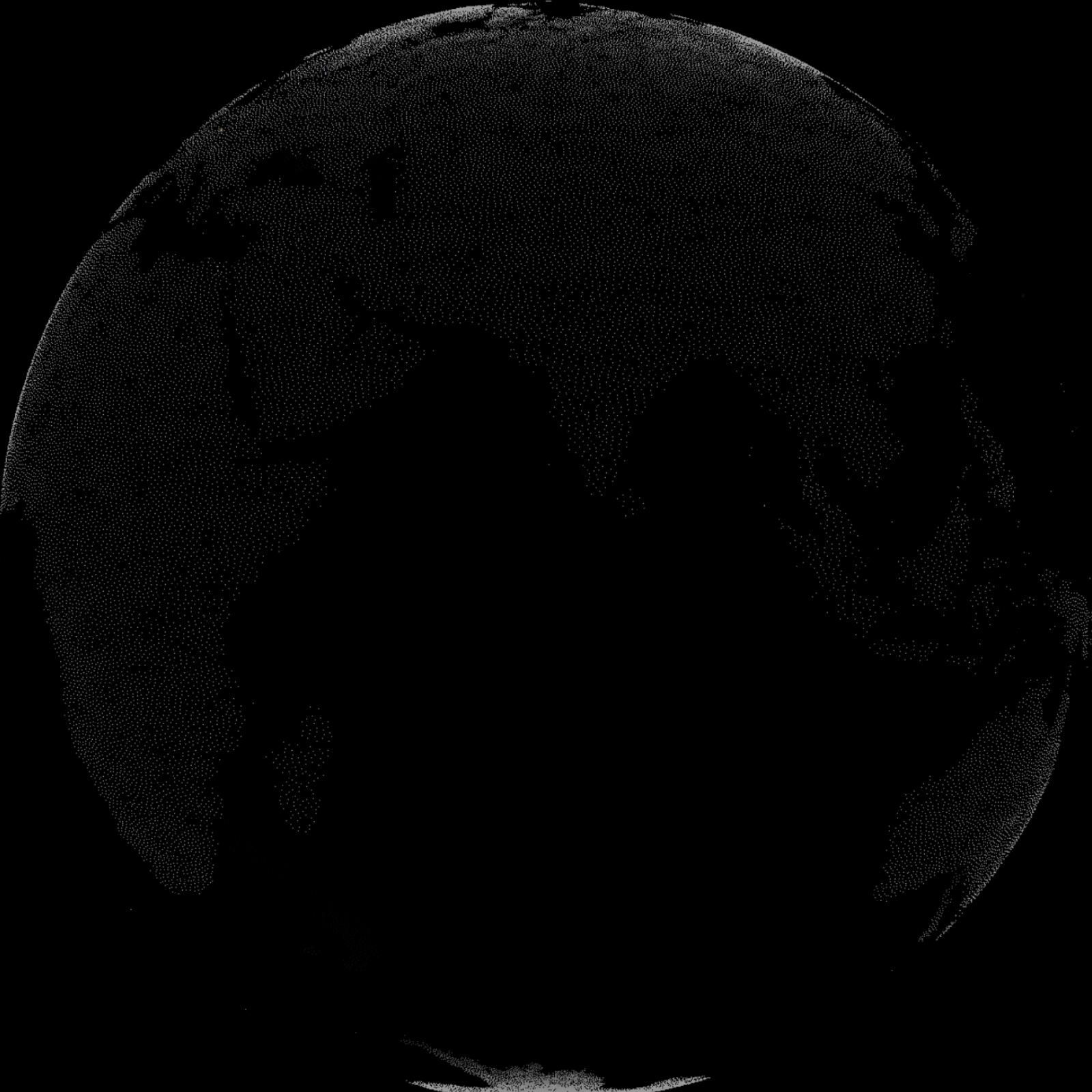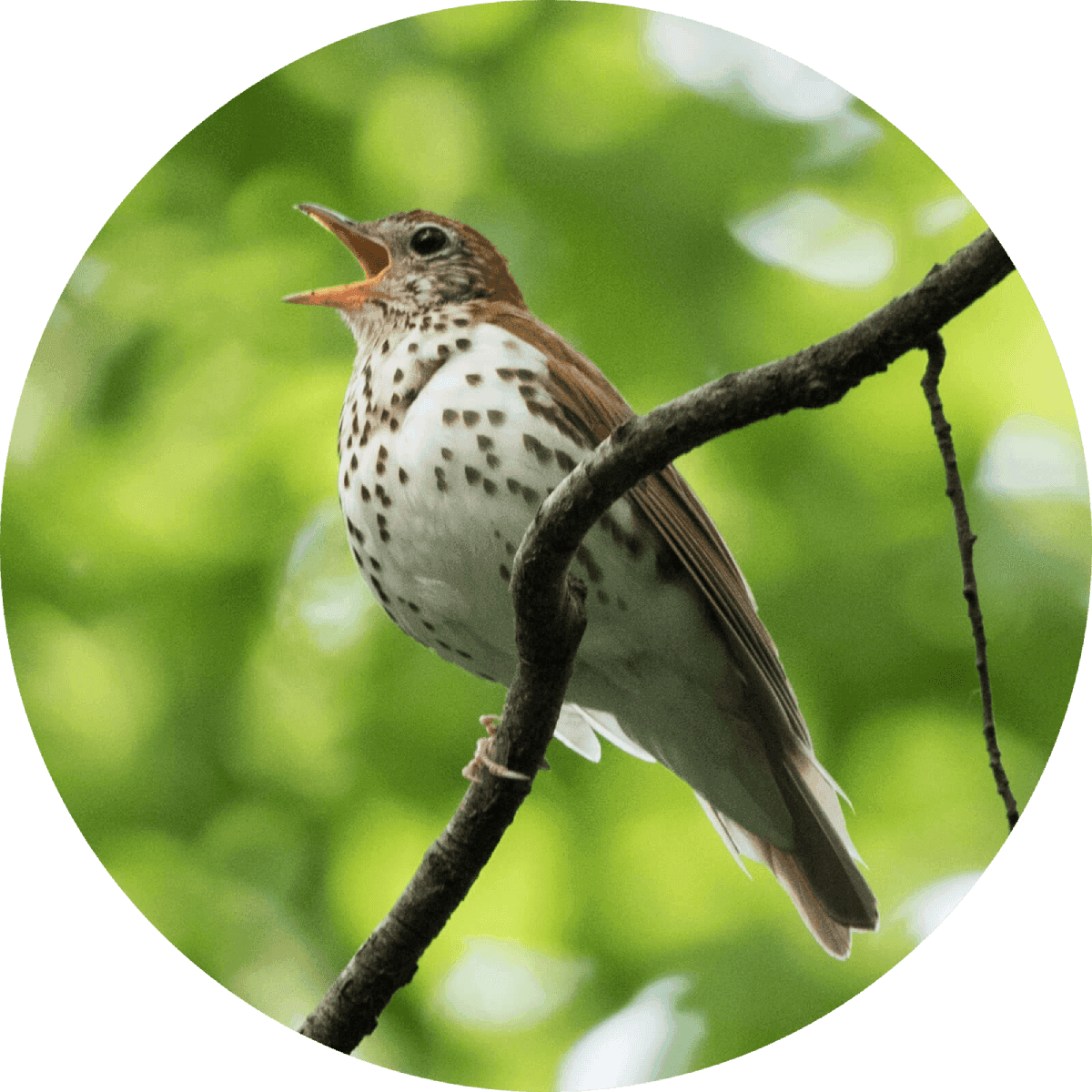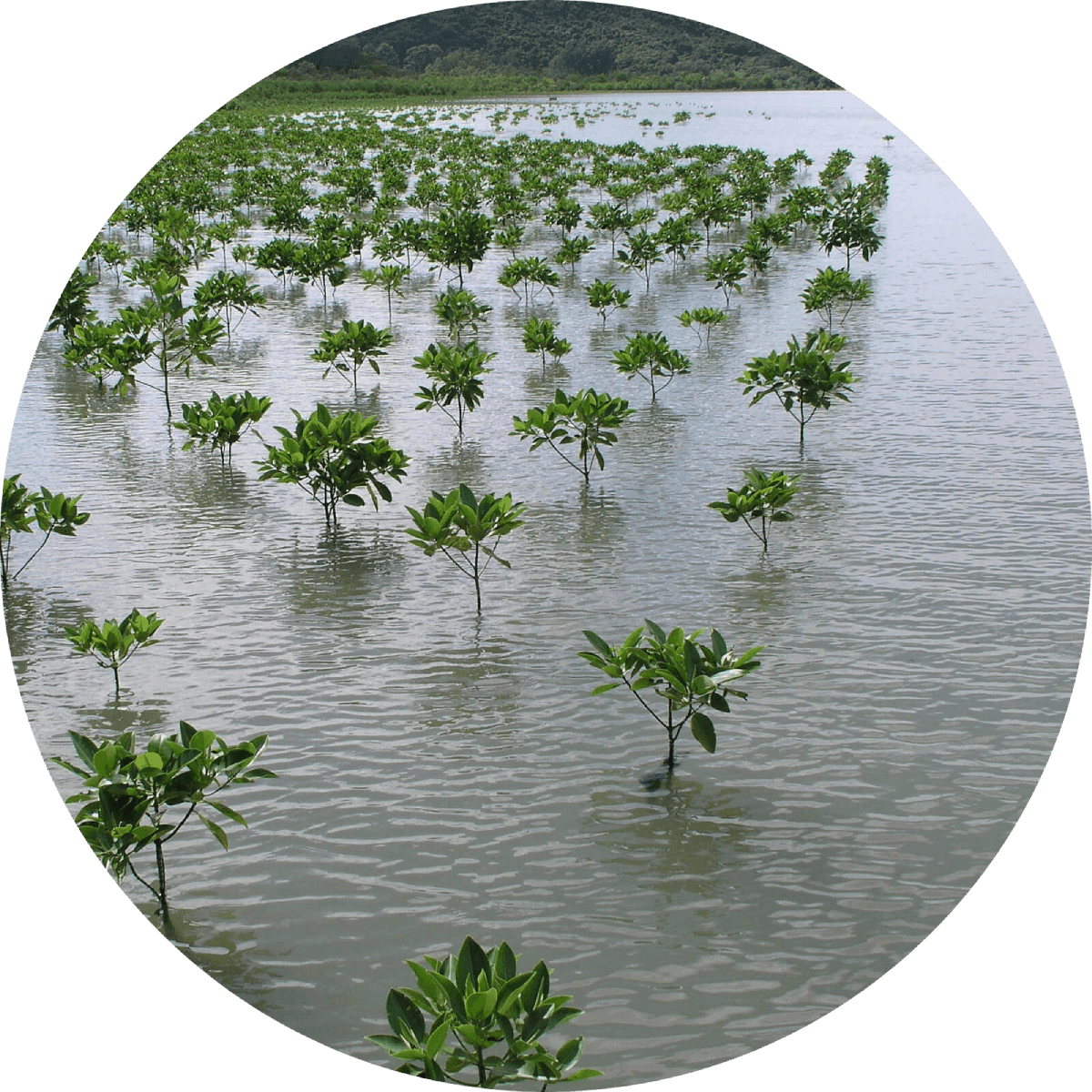“Federal biologists want to know if the Eskimo Curlew should fnally be declared extinct... The U.S. Fish and Wildlife Service announced in June that it wants to determine if the bird should be reclassifed as extinct. The public is encouraged to report any sightings, and scientists are being asked to watch for it in the feld. But no expedition to wintering areas in Argentina or breeding grounds in Canada is planned.”
There have been 40 common namesfor the Eskimo CurlewOne Inuit name meant “Swiftwing”A Cree meant “Sweetgrass”An Abnaki name meant “Beaked One”Many other names were madeIn imitation of their various criesAmong the Inuit they were calledPi-pi-pi-uk, Tura-Tura and Ak-ping-akTo the Cre Wee-kee-me-nase-su,We-kee-ne-new, We-Ke-wa-ne-soThis recitation of their many names Links themtogether like prayer beads on a rosaryGrants the passage of their many soulsAcross that Other World's continentsIn the outports of LabradorThey were the Gallou Bird and the C'lewAmong the QuebecoisThey were Corbigeau des EsquimauxWhile the farmers of OntarioCalled them Little SicklebillsMarket hunters named them DoughbirdsAnd Futes in New England and New YorkAnd Prairie Pigeons in the American WestThe Islanders of the Caribbean greeted themAs Wood Snipe, Chittering and Shivering CurlewWhile to the Latinos of Venezeula and ColumbiaThey were known as Zarapito esquimalIn Uruguay as Chorlo PolarAnd Chorlo campinoIn the pampas of the Argentine
“There was little mental reasoning involved in the process of recognition. It was instantaneous and intuitive... He had never seen a member of his own species before. Probably the female had not either. Both had searched two continents without consciously knowing what to look for. Yet when chance at last threw them together, the instinct of generations past when the Eskimo curlew was one of the Americas' most abundant birds made the recognition sure and immediate. For a minute they stood almost motionless, eyeing each other, bobbing occasionally.”
“One need not look far to fnd the cause which led to its destruction .... No, there was only one cause, slaughter by human beings, slaughter in Labrador and New England in summer and fall, slaughter in South America in winter and slaughter, worst of all, from Texas to Canada in the spring”
"The birds would arrive about the time the later willows began to bloom, being present in force for a week or 10 days only, for by the time all of the wild plum blossoms had fallen the birds were gone..you could scarcely throw a brick or other missile into it without striking a bird.”
"In 1916, nongame bird hunting in the United States was stopped by the Migratory Bird Treaty Act, but the Eskimo Curlew did not recover. Conversion of native grasslands to cropland, in the South American wintering area and along the migration route through the tall grass prairies of the United States, is thought to be the reason for the birds’ failure to recover.”
"When the Baltic was about half way between Ireland and Newfoundland, on May 26, 1906, an Eskimo Curlew came on board... Being evidently fatigued, it was fnally caught by one of the steerage passengers, and confned in a cage roughly made from a soap box. It was fed on chopped beef and chicken, and ate heartily, but died a short time before we reached the Sandy Hook Lightship — possibly from too much food and too little exercise.”
“In the latter 1870’s these birds would congregate on pieces of land which had not been plowed and where the grasshopper eggs were laid, reach down into the soil with their long bills, and drag out the egg capsules, which they would then devour with their contents of eggs or young ‘hoppers until the land had been cleared of the pests.”
like when the pi-pi-piuk returned from whatever distant and unknown world had claimed it during the long winter months: ‘They came suddenly, and fell upon us like a heavy snow. In my father’s time it was told they were so many on the tundra it was like clouds of mosquitoes rising in front of a walking man. Their nests and eggs were in every tussock of grass. At the end of the hatching moon there were so many of their young scurrying about it was as if them moss itself was moving. Truly, there were many! But when I was still a child, they were few. And one spring, they did not come.’”
of our birds, and consequently they are watched for and sought after by sportsmen with great perseverance during the very short period that they are expected to pass along this coast during their migration southward.”
"Among the many joyous bird notes which greet one while crossing these grounds...none seemed more familiar or pleasanter than the prolonged mellow whistle of the Esquimaux Curlew”
"They few in that peculiar manner which distinguishes the curlews from all other birds in fight, a sort of wedge shape, the sides of which were constantly swaying back and forth like a cloud of smoke wafted by the lightest zepher [sic]... Long, dangling lines, either perpendicular or horizontal, the lower parts of which whirl, rise, or twist spirally, while the apex of the fock is seemingly at rest. At other times the leader plunges downwad successively followed by the remainder in most graceful undulation, becoming a dense mass then separating into a thin sheet spread wide; again re-forming into such a variety of positions that no description would suffice.”
"This species of Curlew, is not yet known to the ornithologists; the frst mention is made of it in the Faunula Americae Septentrionalis, or catalogue of North American animals. It is called Wee-kee-me-nase-su, by the natives; feeds on swamps, worms, grubs, &c; visits Albany Fort in April or beginning of May; breeds to the northward of it, returns in August, and goes away southward again the latter end of September.”


Learn about Maya Lin’s fifth and final memorial: a multi-platform science based artwork that presents an ecological history of our world - past, present, and future.

Discover ecological histories and stories of former abundance, loss, and recovery on the map of memory.

Learn how we can reduce our emissions and protect and restore species and habitats – around the world.

See how art can help us rethink the problems we face, and give us hope that each one of us can make a difference.

Help make a global memorial something personal and close to home. Share your stories of the natural world.